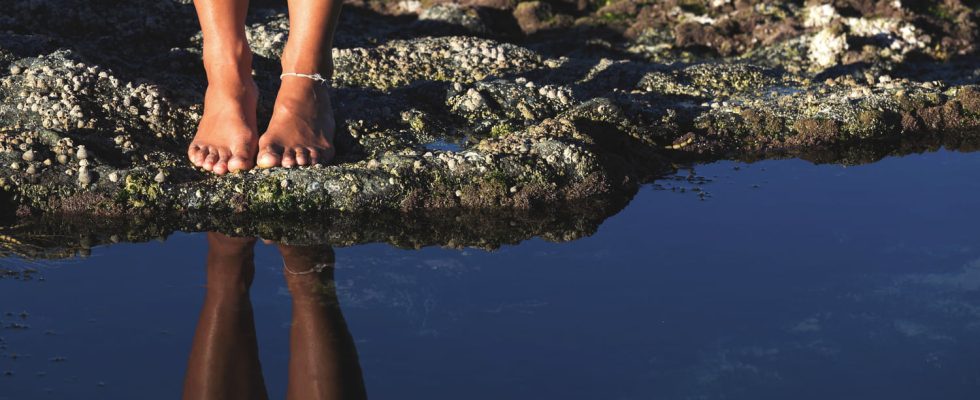VIBRIO VULNIFICUS. A so-called “flesh-eating” bacterium, responsible for fatal infections (rare) in humans, would develop in warm waters and take advantage of global warming to proliferate on beaches.
With the warming of the oceans, a species of bacteria called “flesh eater“, found in algae brown called “sargassum”, multiply and could cause infections potentially fatal in humans, reports the magazine Insiderciting the research work of scientists from the Florida Atlantic University (FAU) which were published in early 2023 in the Scientific Reports magazine. These bacteria, called Vibriovulnificus, lie in hot water (over 20°C)and develop in important masses of brown algae that bloom in the‘Atlantic Ocean And which wash up on the beaches in particular of Florida (southeastern United States), such as the famous Miami Beach and Key Biscayne. ingested by humans when he eat contaminated or raw shellfish, especially oystersthis bacterium could cause a so-called “flesh-eating” infection or “necrotizing fasciitis” resulting in symptoms such as watery diarrhea, fever, chills, nausea and stomach cramps, usually appearing within 24 hours after ingestion.
Blisters appear on the skin at infected wounds
This bacterium can also enter the blood via the skin following a cut, bite, or open wound exposed to hot seawater contaminated. In this case, blisters appear on the skin at the level of the infected wounds. Healthy people usually develop mild illness. But in of rare cases, in immunocompromised people, for example (suffering from chronic liver disease), the infection progresses rapidly to sepsis and can be fatal within days. These bacteria would bethe leading cause of human death in the marine environment“, says Tracy Mincer, assistant professor of biology at Florida Atlantic University. However, rest assured, Vibrio infections are rare : Florida registered 34 cases and 10 deaths in 2021 And 74 cases and 17 deaths in 2022 (abnormal increase due to the impacts of Hurricane Ian), according to the Florida Department of Health who warns that there is no evidence of human-to-human transmission of Vibrio Vulnificus. Even if Vibrio Vulnificus mainly threatens the United States, the European and therefore French Atlantic coasts are concerned. However, to a lesser extent: 32 cases of non-cholera vibrio infections (including Vibiro vulnificus infection) were identified between 2001 and 2003 according to Public Health France (latest figures published on the subject). For avoid infection, the researchers issued several recommendations when you are at the beach:
→ Stay away from clumps of algae and do not touch them.
→ Protect all your wounds (new piercings, tattoos, wounds) with a waterproof bandage
→ Don’t don’t drink sea water or undercooked fish juice
→ If you get salt water or raw fish juice in a wound, wash it immediately with soap and water.
→ If you begin to experience symptoms of a Vibrio infection, seek medical attention immediately.
